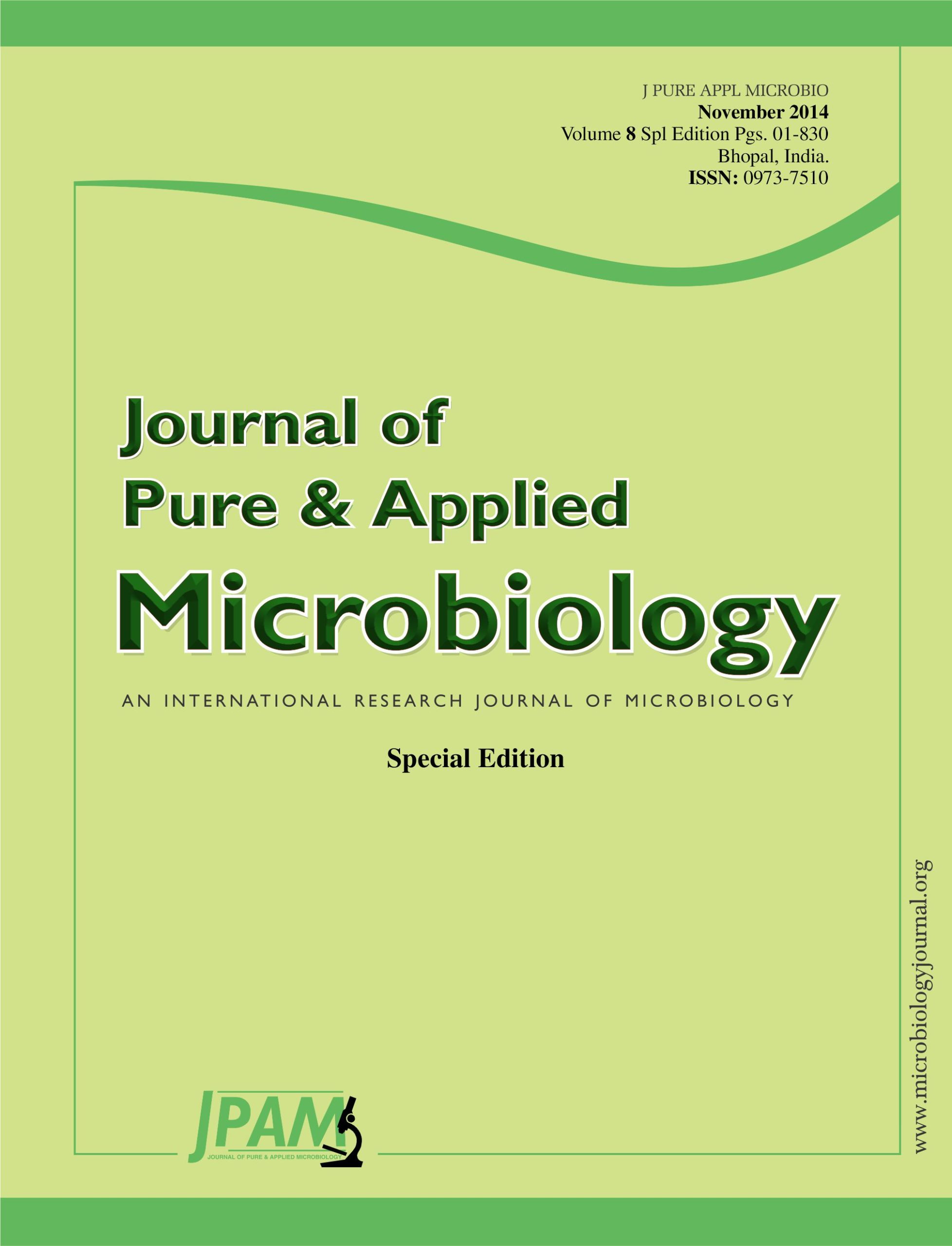Heteropneustes fossilis were treated with sub-lethal concentrations (4.0 and 8.0 mg/l) of a low-radiotoxicity uranium salt (uranyl acetate) for a period of 30 days. It has been observed that protein and RNA concentrations were decreased, and the DNA increased. The RNA/DNA ratio was significantly decreased in both the liver and the muscle of fish. The decrease in RNA/DNA ratio was comparatively higher in liver than muscles. Sub-lethal uranium exposure has decreased significantly (P<0.05) the level of glycogen in Liver and muscle. The uranyl acetate has adversely affected the growth and condition of the fish which were worked out as condition (CF) factor and hepatosomatic index (HIS) values. It has caused a decrease in red blood cell (RBC) and white blood cell (WBC) counts, haemoglobin (Hb) concentration and haematocrit (Hct) values. Blood indices like mean corpuscular volume (MCV), mean corpuscular haemoglobin (MCH) and mean corpuscular haemoglobin concentration (MCHC) were also adversely affected. Plasma glucose level was elevated whereas plasma protein was decreased. The level of calcium (Ca) was also reduced in the blood of this fish whereas magnesium (Mg) remains unchanged. The activity of glutamic-oxaloacetic transaminase (GOT) and glutamic-pyruvic transaminase (GPT) was increased in the fish exposed to uranium salt of low radiotoxicity. It has been concluded that these effects were more pronounced with increase in concentration and in the time of exposure.
Uranyl acetate, Sub-lethal concentration, Biochemical and Haematological parameters, Heteropneustes fossilis
© The Author(s) 2014. Open Access. This article is distributed under the terms of the Creative Commons Attribution 4.0 International License which permits unrestricted use, sharing, distribution, and reproduction in any medium, provided you give appropriate credit to the original author(s) and the source, provide a link to the Creative Commons license, and indicate if changes were made.


